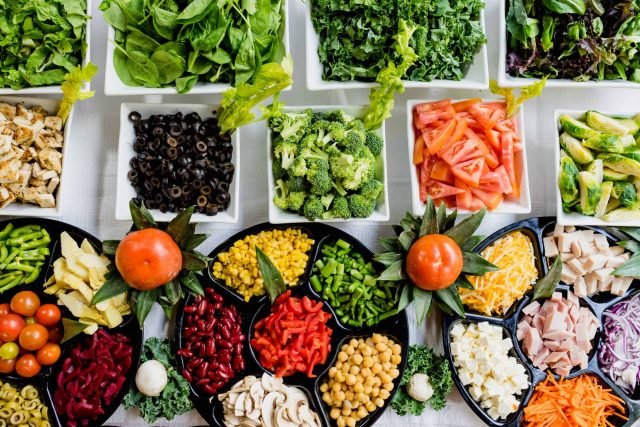Key health indicators for people under the age of 60:
- Body mass index. It should be no more than 25 kg / m2. You can use an online calculator to calculate your BMI to keep your body healthy.
- Serum cholesterol level. In a healthy person, it does not exceed 200 ml / dl.
- Lack of diabetes; for healthy person
- Blood pressure level. Its numbers should not exceed 140/90.To maintain your healthy body.
In a healthy person over 65, two more are add to these indicators:
- Functionality. To determine this parameter, use the “Get up and walk” test. A person gets up from a chair, walks 3 meters, comes back and sits down again. With healthy functionality, this takes no more than 14 seconds.
- Muscle strength of the hand. It is measured using a dynamo-meter – a special device that must be squeezed with maximum force. The normal figure for women is at least 16 kg, for men – more than 27 kg.
If the condition of an elderly person is normal according to all criteria and at the same time he has a positive attitude towards life, is able to adapt to difficulties, such old age can be called healthy.For more detail you can contact with health and wellness coach to maintain your body fitness and health.
What should be done to keep health indicators in old age normal? It is trite, but true – you need to eat right and be physically active.
Proper nutrition
The optimal diet for an elderly person should include:
Porridge . They contain vegetable protein (the main building material for our body) and B vitamins, which are indispensable for strengthening the nervous and endocrine systems.
Dairy products. After 60, gerontologists do not recommend eating whole milk. In old age, it is poorly absorbed. Kefir, cottage cheese, curdled milk are much more useful, and yogurt and cheese are considered the most useful dairy products. The calcium they contain is essential for strengthening bone tissue. This is especially true for the elderly as their bones become fragile as they age.
Poultry meat. Experts recommend ditching beef and pork in favor of chicken and turkey. Poultry has less calories and is easier to digest. It contains trace elements that have a beneficial effect on the nervous system, and polyunsaturated fatty acids help maintain optimal blood sugar levels.
A fish. This product must be included in the diet at least in the form of canned food. Fish is a source of protein, vitamins, minerals and fatty acids. And sea fish also supplies our body with iodine.
Eggs are useful as fried eggs. This simplest dish contains a daily dose of vitamin D.
Vegetables and fruits are vitamins, trace elements and, of course, fiber, which is necessary for the proper functioning of the gastrointestinal tract. Experts recommend eating at least 500 g of vegetables and fruits daily.
Sweets. Of course, you can’t get carried away with sweets. But don’t forget that our brains are dependent on blood glucose levels. A lack of glucose increases the risk of dementia. Therefore, in old age, you should not completely abandon sweets and chocolate. And it is better to replace them with dried fruits.
Physical activity
Physical activity is moderate and intense.
Moderate-intensity physical activity is:
- fast walk;
- work in the garden;
- housework and household work;
- harvesting;
- walks with pets;
- construction work (for example, roofing or painting work);
- moving objects of moderate weight (less than 20 kg).
High-intensity physical activity includes:
- run;
- vigorous ascent uphill;
- fast cycling;
- aerobics;
- fast swimming;
- sports competitions and games (football, volleyball, hockey, basketball);
- vigorous work with a shovel;
- moving weights (more than 20 kg).
Exercise has a positive effect on cholesterol levels, reduces the risk of heart disease, strengthens muscles, and generally improves quality of life. However, the loads must be approached consciously, strictly observing the age norms.
The minimum physical activity level for an older person is 150 minutes per week of moderate aerobic activity or 75 minutes of high-intensity exercise. Aerobic exercise should do for at least 10 minutes without interruption. If after 7 minutes the person decides to take a break, the exercise does not count.
Aerobic activity should supplement with exercises to strengthen the main muscle groups at least 2 times a week and exercises for balance. In general, all this takes very little time.
It’s never too late to start exercising, but at any age you need to listen to your body and not overload it. For an elderly person, this is especially important – excessive stress can lead to serious consequences. Therefore, before you start loading yourself physically, you need to consult a doctor and strictly follow his recommendations.











